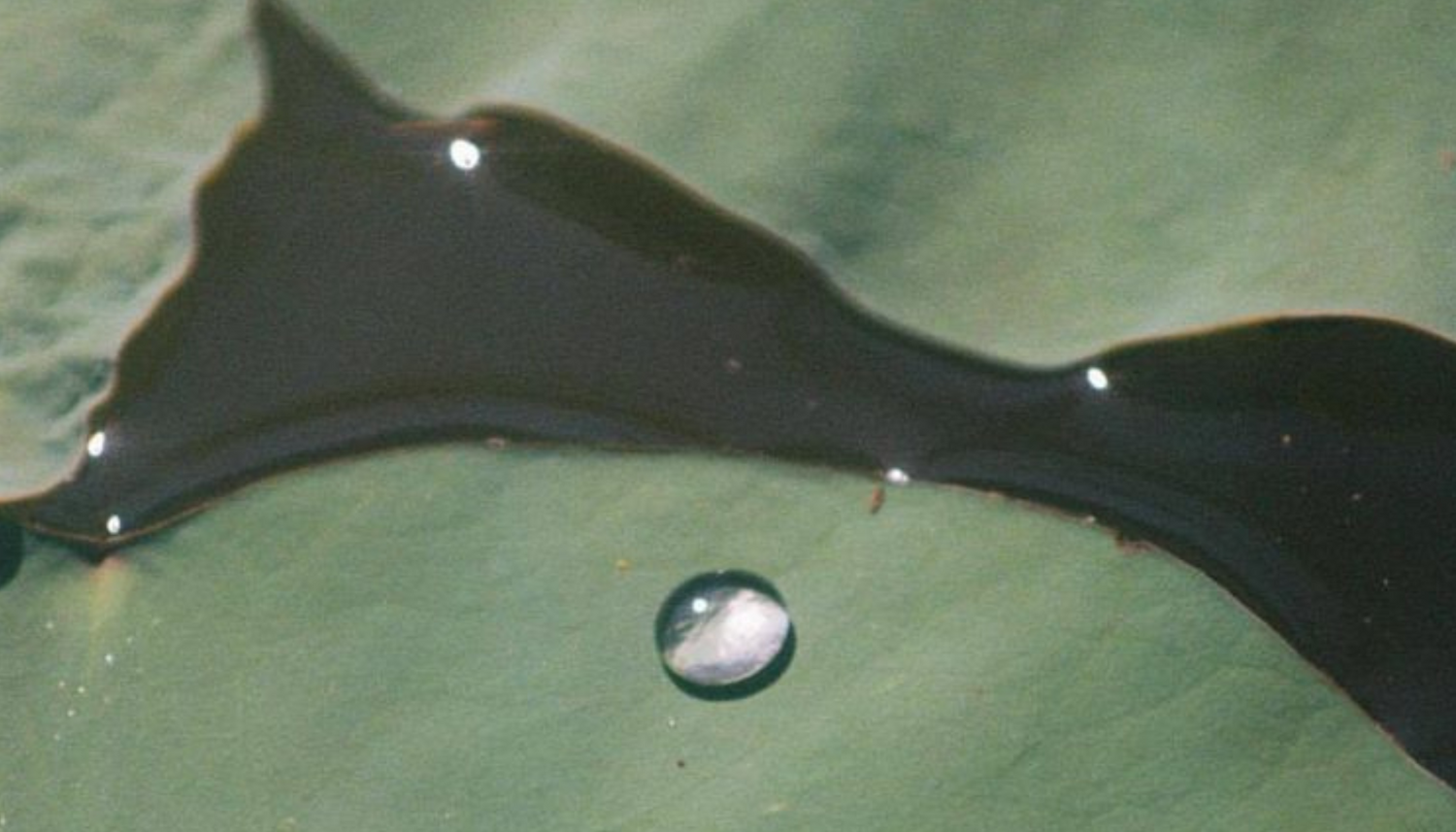The concept of "face mapping" in relation to acne breakouts is rooted in both ancient practices and modern dermatology. It suggests that different areas of the face, when affected by acne, might be indicative of various underlying issues, ranging from dietary habits to stress levels and hygiene practices. This approach proposes that by understanding which part of your face is prone to acne, you can adjust your lifestyle and skincare routine accordingly.

Forehead
Acne on the forehead is often associated with digestive issues and could be a signal to examine your diet. This might include reducing the intake of processed foods and increasing water consumption. The forehead is also closely linked to sleep patterns, so ensuring adequate sleep could help in managing breakouts in this area.
Between the Eyebrows
This area, also known as the T-zone, is believed to be connected to liver health. Breakouts here might be a sign to cut down on alcohol, dairy, and fatty foods. Incorporating liver-friendly foods like leafy greens and fruits rich in antioxidants can be beneficial.
Cheeks
Cheeks are often linked to respiratory health. Smokers or people exposed to polluted environments might observe more breakouts in this area. It's also a zone that's affected by external factors like dirty phone screens or pillowcases, so maintaining cleanliness is crucial.
Nose
Acne on the nose might indicate issues related to the heart. This could be a prompt to check blood pressure and cholesterol levels. Incorporating heart-healthy foods, like whole grains, nuts, and fatty fish, and engaging in regular cardiovascular exercise can be advantageous.
Chin and Jawline
This area is most often associated with hormonal imbalances. Acne here might be more prominent during menstrual cycles or due to hormonal changes related to stress. Managing stress through relaxation techniques, adequate sleep, and a balanced diet can help in controlling breakouts in this region.
Diet and Acne
Diet plays a significant role in skin health. Foods high in sugar and dairy products can sometimes exacerbate acne. Incorporating a diet rich in fruits, vegetables, whole grains, and lean proteins can promote healthier skin. Hydration is also key; drinking plenty of water helps in detoxifying the body and keeping the skin clear.
Stress and Acne
Stress is a significant trigger for acne. It stimulates the production of hormones like cortisol, which in turn can increase oil production in the skin, leading to breakouts. Engaging in stress-reduction activities like meditation, yoga, or regular exercise can significantly impact the health of your skin.
Hygiene and Skincare Routine
Your skincare routine and hygiene practices play a crucial role in managing acne. It's important to keep your face clean and to remove makeup before sleeping. Regularly changing pillowcases and cleaning items that frequently touch your face (like phones) can also help prevent breakouts. Using non-comedogenic skincare products that don't clog pores is essential.
Consultation with Dermatologists
While face mapping can provide insights into potential causes of acne, it's important to remember that each individual's skin is unique. Consulting a dermatologist is crucial for personalized advice and treatment, especially in cases of severe acne.
Face mapping for acne is a holistic approach that combines traditional beliefs and modern dermatology. It advocates for a lifestyle and dietary changes to manage breakouts. While it can offer valuable insights, it's also important to complement this approach with professional medical advice for comprehensive skincare and treatment.




